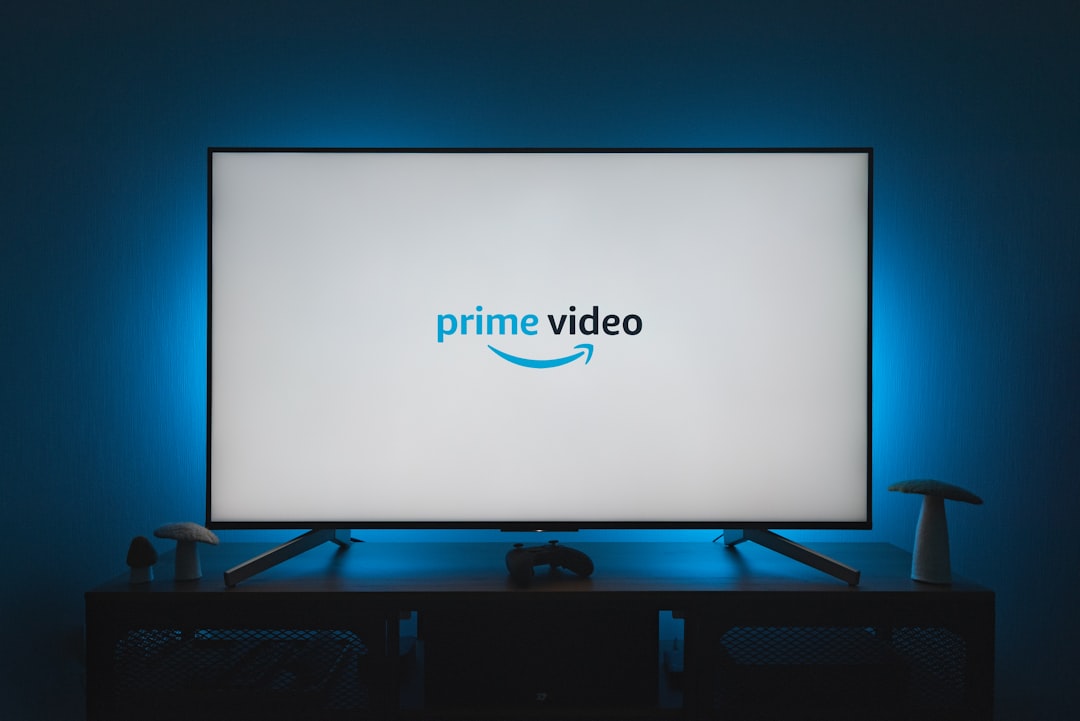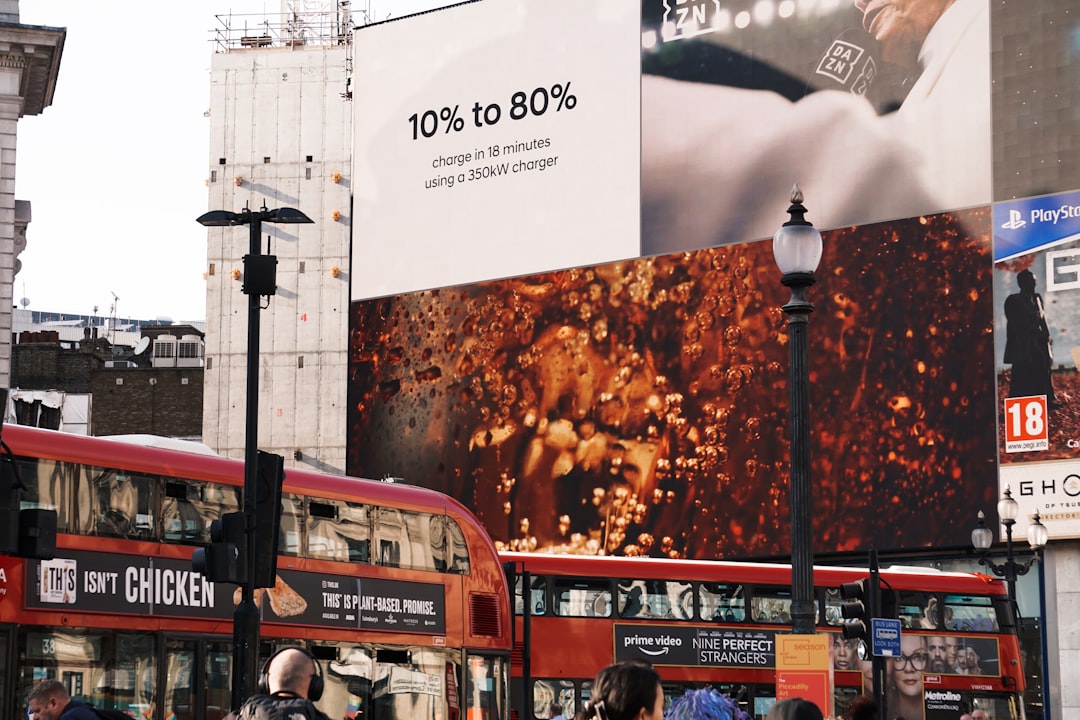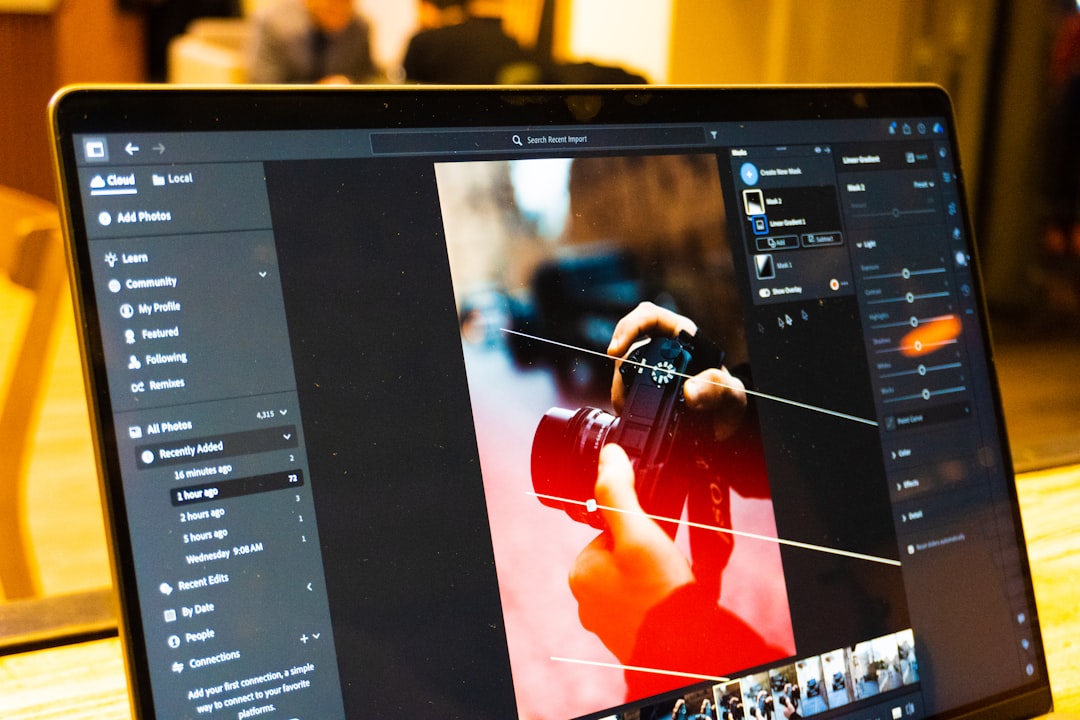
In today’s digital landscape, social media advertising is essential for small businesses aiming to grow their audience and boost brand awareness. With billions of users across platforms like Facebook, Instagram, LinkedIn, and TikTok, these channels offer unmatched opportunities for outreach and engagement. However, many small businesses jump into social media ads without a clear strategy, resulting in wasted budgets and underwhelming results. This article outlines the common mistakes small businesses make in social media advertising and provides actionable insights on how to avoid them.
1. Not Defining Clear Objectives
One of the most prevalent errors small businesses make is launching ads without clearly defining their goals. Running campaigns without understanding what success looks like can lead to directionless spending.
Common objectives might include brand awareness, lead generation, website traffic, or sales conversions. Without this clarity, it becomes impossible to measure the effectiveness of an ad campaign.
How to Avoid:
- Set SMART goals — Specific, Measurable, Achievable, Relevant, Time-bound
- Align ad goals with your business objectives
- Use platform-specific tools like Facebook’s Ads Manager to monitor KPIs
2. Targeting Too Broad or Too Narrow an Audience
Audience segmentation is essential in social media marketing. A common mistake is targeting everyone, which often leads to diluted results. Conversely, being too niche may limit reach significantly.
For example, a local bakery shouldn’t waste money targeting users nationwide unless they ship products across the country.
How to Avoid:
- Use demographic filters such as age, location, interests, and behaviors
- Create detailed buyer personas
- Leverage lookalike audiences for broader reach with similar traits

3. Inconsistent Branding Across Platforms
Another issue lies in multiple platforms being used without a cohesive brand identity. Inconsistent visual themes, color schemes, or tone of voice can confuse potential customers.
How to Avoid:
- Use the same logo, brand colors, and fonts for all visual content
- Maintain a uniform tone — whether it’s professional, casual, or witty
- Create brand guidelines and share them with anyone managing your accounts
4. Ignoring Mobile Optimization
With most social media users accessing platforms through their smartphones, a failure to optimize ads for mobile viewing can lead to low engagement and click-through rates.
How to Avoid:
- Design mobile-first content — short videos, concise text, vertical formats
- Test how your ads appear on different devices before publishing
- Use mobile-friendly landing pages to ensure a smooth user journey
5. Overlooking the Power of Visual Content
Text-heavy ads rarely perform well. Audiences are drawn to visuals — images, videos, infographics, and GIFs. Small businesses often use low-quality or irrelevant visuals, which weakens ad appeal.
How to Avoid:
- Invest in high-resolution images and professional graphics
- Create short, compelling videos explaining products or services
- Utilize user-generated content to build social proof and authenticity

6. Posting Without a Strategy
Random posting or “winging it” damages consistency. It’s essential to plan content around promotions, events, or seasons, instead of relying on last-minute decisions.
How to Avoid:
- Create a content calendar for each month
- Sync posts with larger business or product strategies
- Use scheduling tools like Buffer, Hootsuite, or Later
7. Failing to Monitor and Adjust Campaigns
One of the biggest mistakes is launching a campaign and letting it run without review. Many small businesses miss valuable learning opportunities by neglecting real-time performance tracking.
How to Avoid:
- Check metrics like click-through rate (CTR), conversion rate, and cost per click (CPC)
- Use A/B testing to evaluate different ad variants
- Pivot based on data to avoid wasting budget
8. Not Engaging With Followers
Social media is about interaction. Businesses that treat their advertising as a one-way communication miss the opportunity to build relationships.
Ignoring comments or messages can damage your brand’s approachability and credibility.
How to Avoid:
- Assign someone to manage comments and direct messages
- Respond promptly to questions and feedback
- Encourage interaction through polls, Q&As, or live sessions
9. Putting Budget Before Creativity
Throwing money at social media ads without investing in creative development often leads to poor returns. A high ad spend doesn’t compensate for unoriginal or dull content.
How to Avoid:
- Focus on storytelling and value-driven content
- Experiment with different formats: carousels, reels, stories
- Use emotional or humorous hooks to grab attention quickly
10. Not Using Retargeting
Many small businesses neglect retargeting, missing a chance to engage users already familiar with their brand. These people are more likely to convert compared to cold audiences.
How to Avoid:
- Set up Facebook Pixel or equivalent tracking tools
- Create custom audiences based on website visits, video views, or engagement
- Develop tailored messaging for retargeted users
Conclusion
Social media advertising holds immense potential for small businesses, but only if executed properly. By identifying and avoiding these common pitfalls, businesses can optimize their ad performance, maximize ROI, and build meaningful connections with their audience. It’s not just about being present online — it’s about being present with purpose and precision.
Frequently Asked Questions (FAQ)
- Q: How much should a small business spend on social media ads?
A: It depends on your goals and industry, but a good starting point is 5–10% of your monthly revenue. Start small, test, and gradually scale based on results. - Q: Should a business be on all social media platforms?
A: No. Focus on 1–2 platforms where your audience is most active. It’s more effective to build a strong presence on a few platforms than spread yourself too thin across many. - Q: How do I know if my ad is performing well?
A: Monitor metrics like reach, engagement, CTR, CPC, and conversion rates. Set benchmarks based on past performance or industry standards to evaluate success. - Q: Is it necessary to hire a professional for social media advertising?
A: Not always. Many platforms offer user-friendly tools. However, if budgets allow, working with an expert can help avoid costly trial-and-error phases. - Q: How often should I tweak my campaigns?
A: Review performance weekly. Optimize or pause underperforming ads and test new creatives or audiences to keep improving over time.






